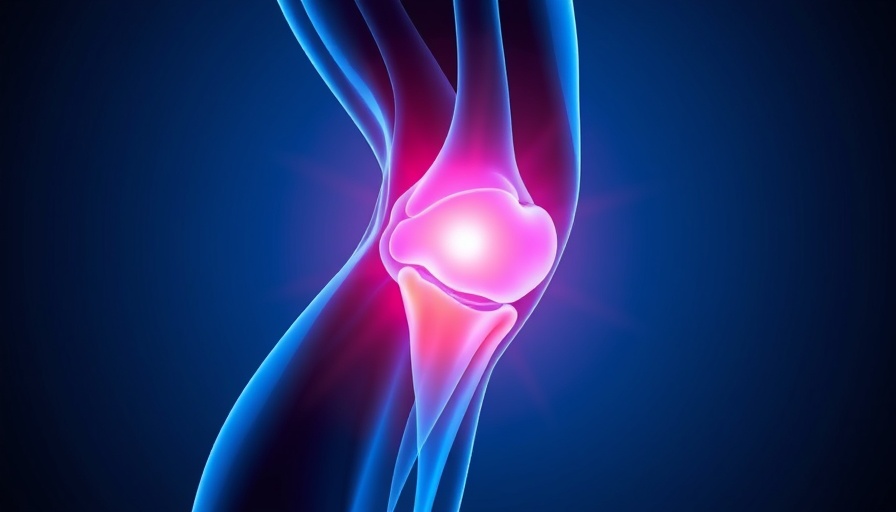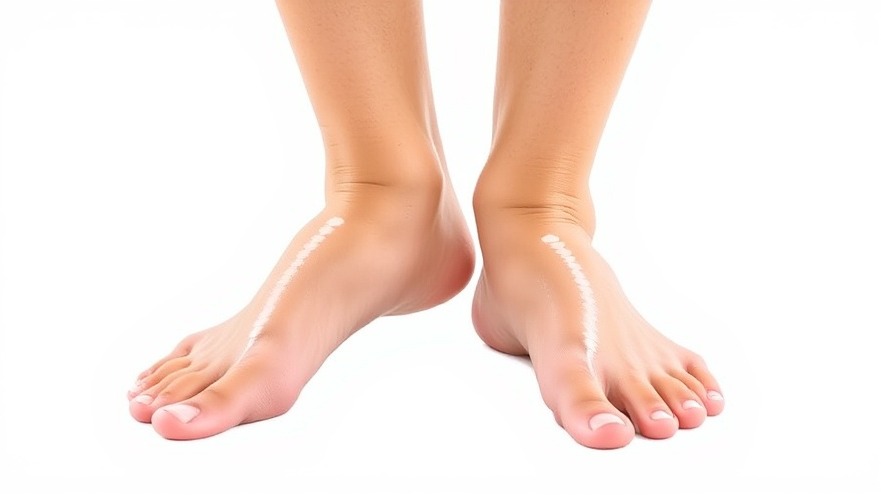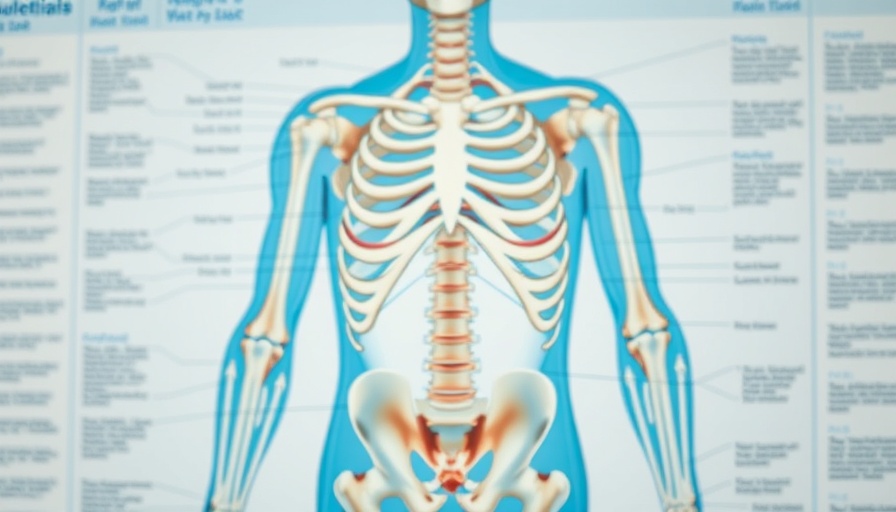
Discovering the Power of a Simple Walking Adjustment
A recent groundbreaking study led by researchers at the University of Utah reveals that making a small adjustment to your walking style could potentially delay knee surgery for years. By tweaking the angle at which you walk, individuals suffering from osteoarthritis found significant relief from pain and a slowdown in cartilage damage, akin to the effects of medication.
The Science Behind the Steps
Nearly 25% of people over 40 experience osteoarthritis, which significantly affects mobility and quality of life. As cartilage degradation progresses, the common pathway often leads to medication or joint-replacement surgery. However, this new study opens up an alternative—gait retraining.
During a year-long randomized controlled study, participants adjusted their foot angles while walking, resulting in decreased knee stress. According to Scott Uhlrich, lead researcher and assistant professor of mechanical engineering, this personalized biomechanical strategy was crucial in promoting reduced joint loading during walking. “This study is the first to show significant benefits from personalized gait interventions aimed at reducing knee stress,” he stated.
Why Gait Retraining Matters
The findings suggest that individualized walking strategies can cater to the unique mannerisms of each person's gait, allowing for better outcomes. Prior trials typically applied the same approach to all subjects, which often yielded suboptimal results. This study’s tailored methodology resulted in reduced knee load, better pain relief, and less cartilage wear.
The Potential Health Benefits for Everyday Life
Not only does this research enhance our understanding of osteoarthritis management, but it brings practical insights into how we can approach our daily activities. Consider the impact of simple adjustments—like changing your foot angle while walking. This minor modification could help many recover from injuries or prevent the progression of osteoarthritis without the need for medication.
Walking as a Tool for Longevity
Research shows that maintaining an active lifestyle is essential, with studies illustrating that taking just 7,000 steps daily can cut death risk by 47%. Gait retraining not only provides an alternative for those at risk of knee surgeries, but also encourages individuals to integrate walking into their daily routine in a healthier, more mindful way. With the growing interest in health technology, smart insoles that monitor posture and walking angles are becoming more widely available, offering real-time feedback and further benefiting those looking to manage their osteoarthritis or improve their activity level.
Conclusion: A Path Toward Healthier Walking
The findings from this study usher in a new era of understanding how walking physiology can affect health outcomes significantly. If you or someone you know is experiencing knee pain, consider discussing gait adjustments with a healthcare provider. The small effort of adjusting your walking method could mean the difference between surgery and a pain-free life.
This exciting development underscores the importance of innovative approaches to health and recovery. Embrace changes in your walking habits today for a healthier tomorrow.
 Add Row
Add Row  Add
Add 




Write A Comment